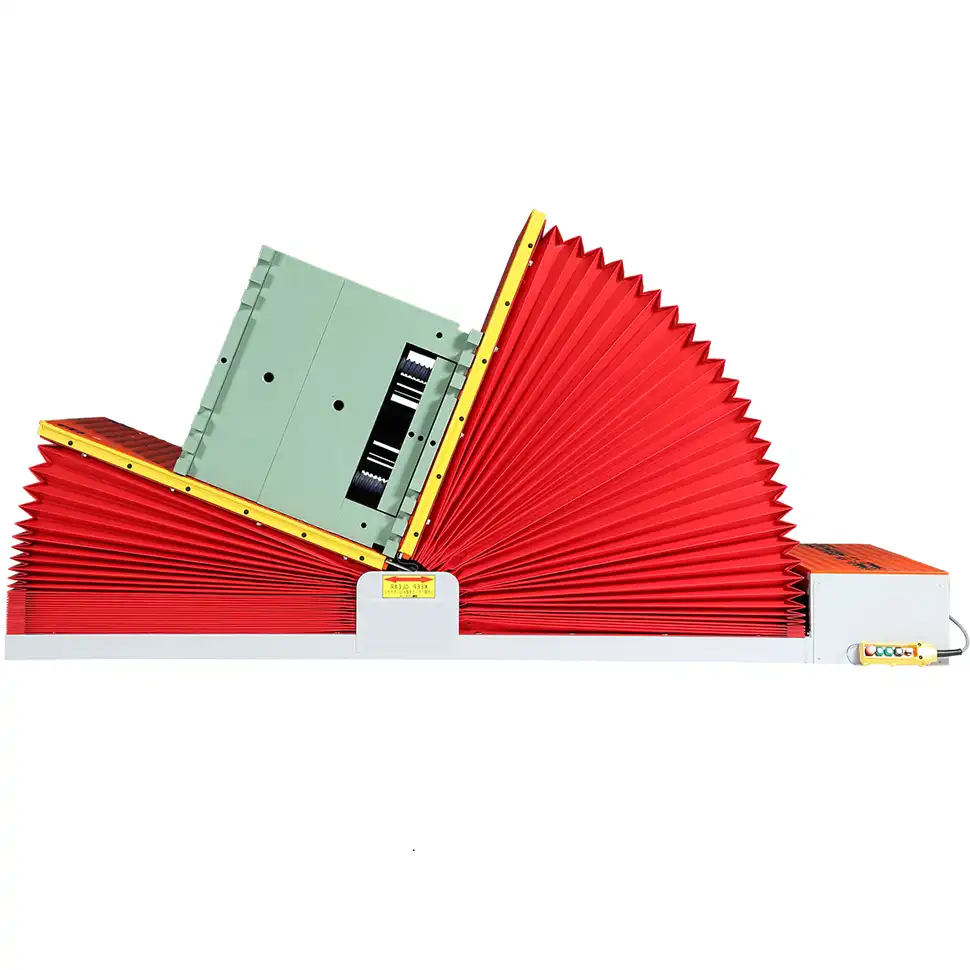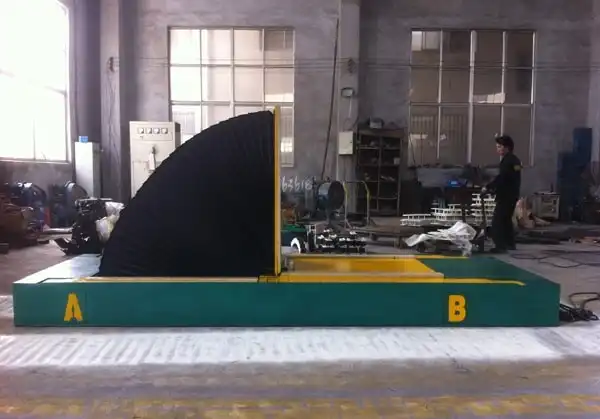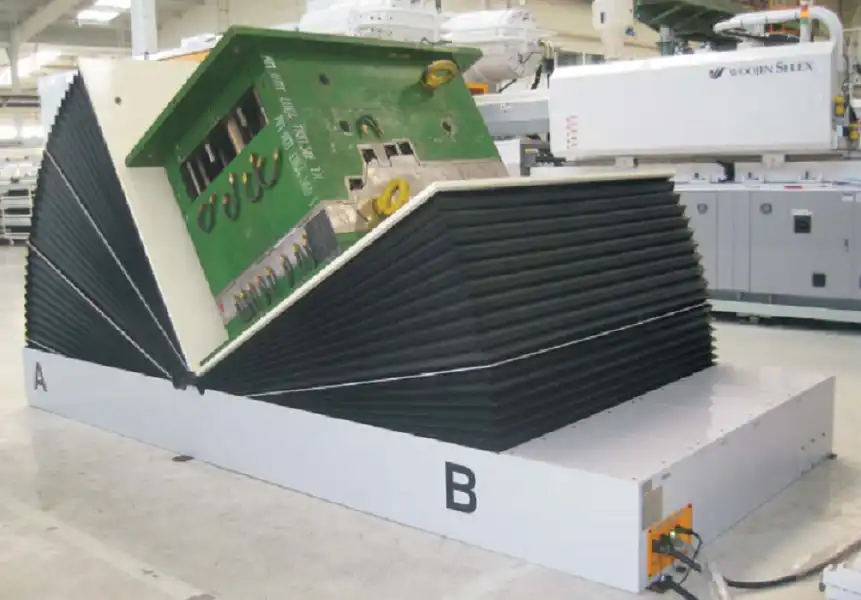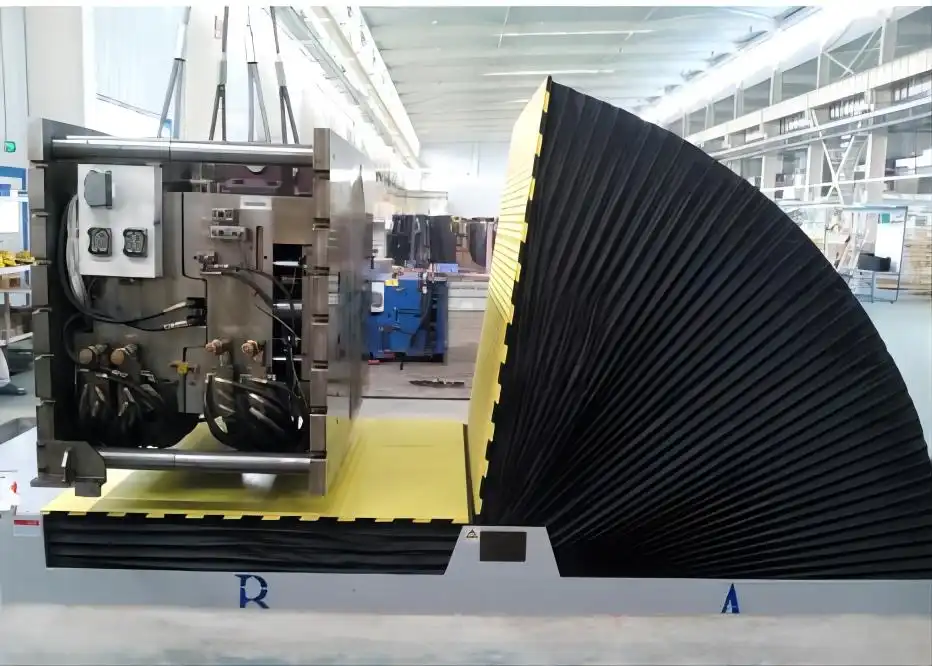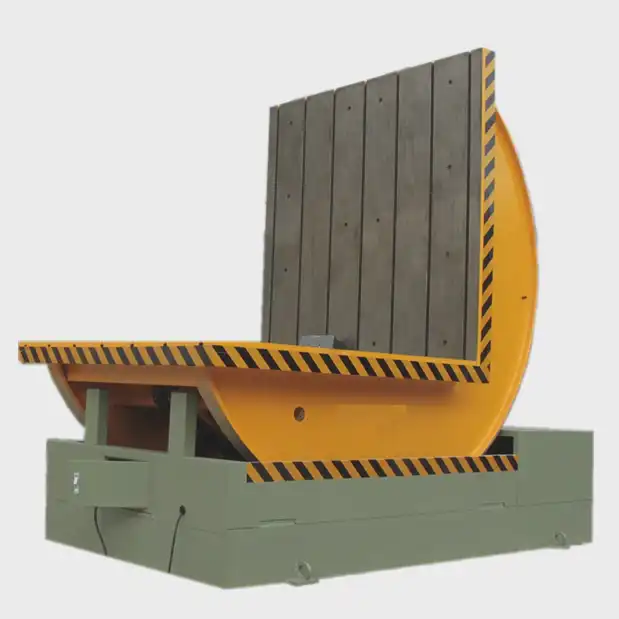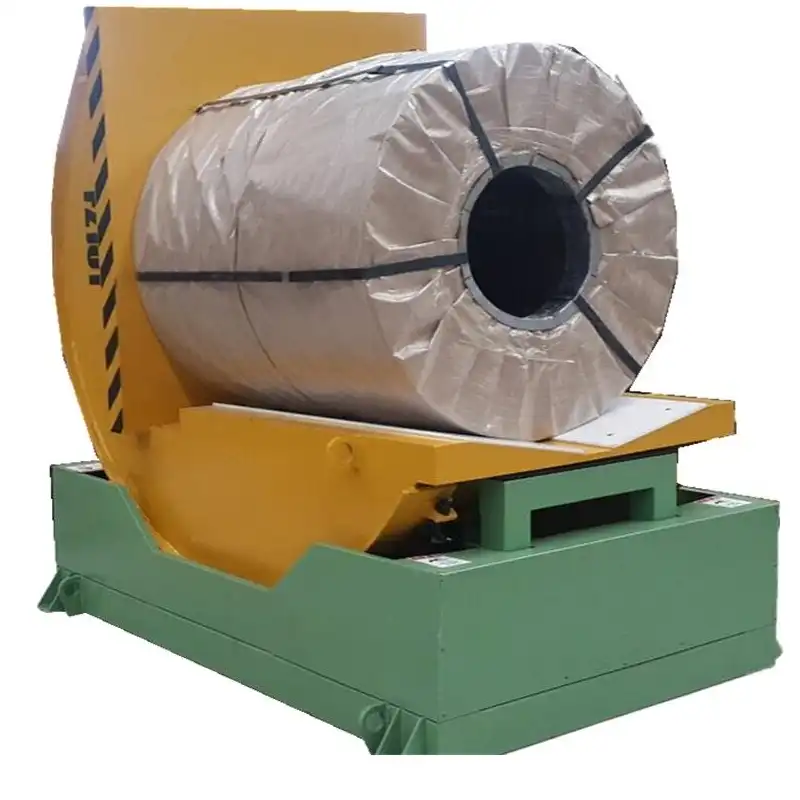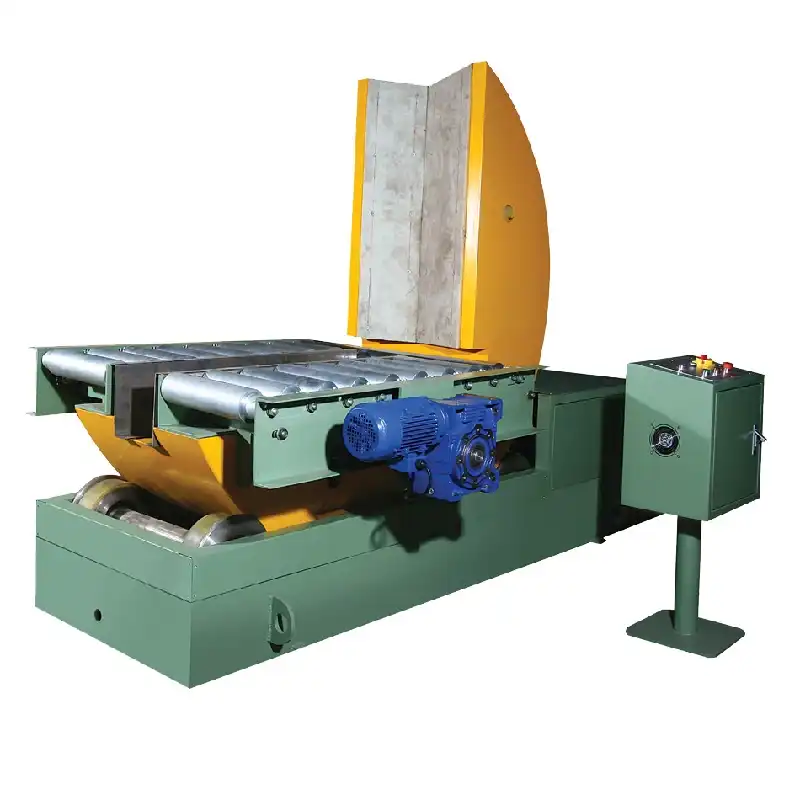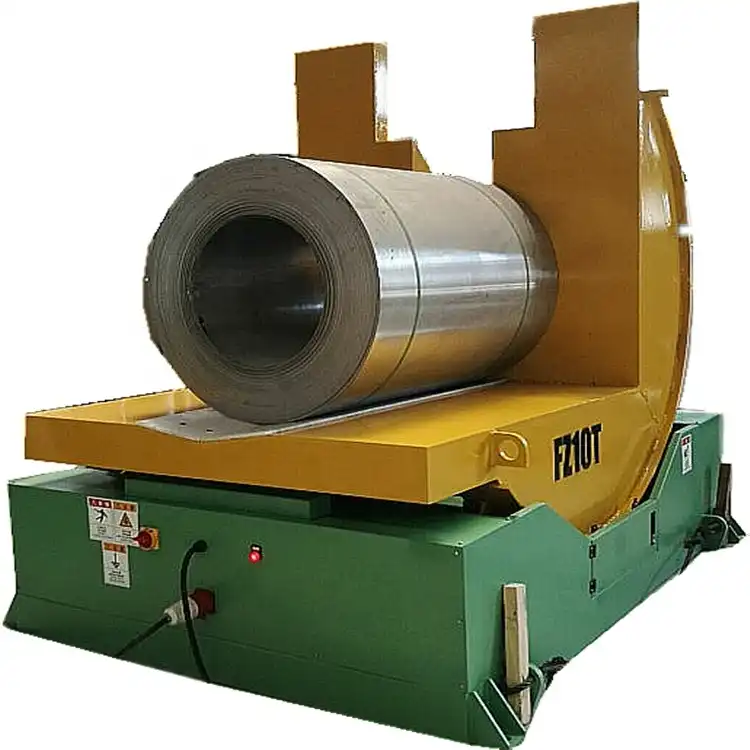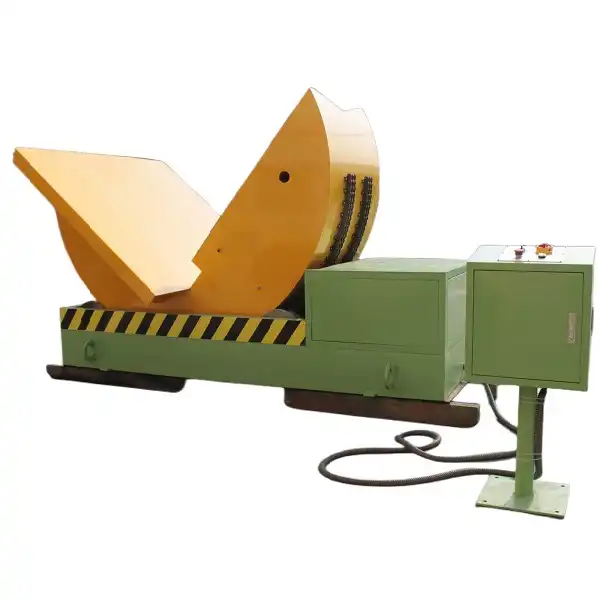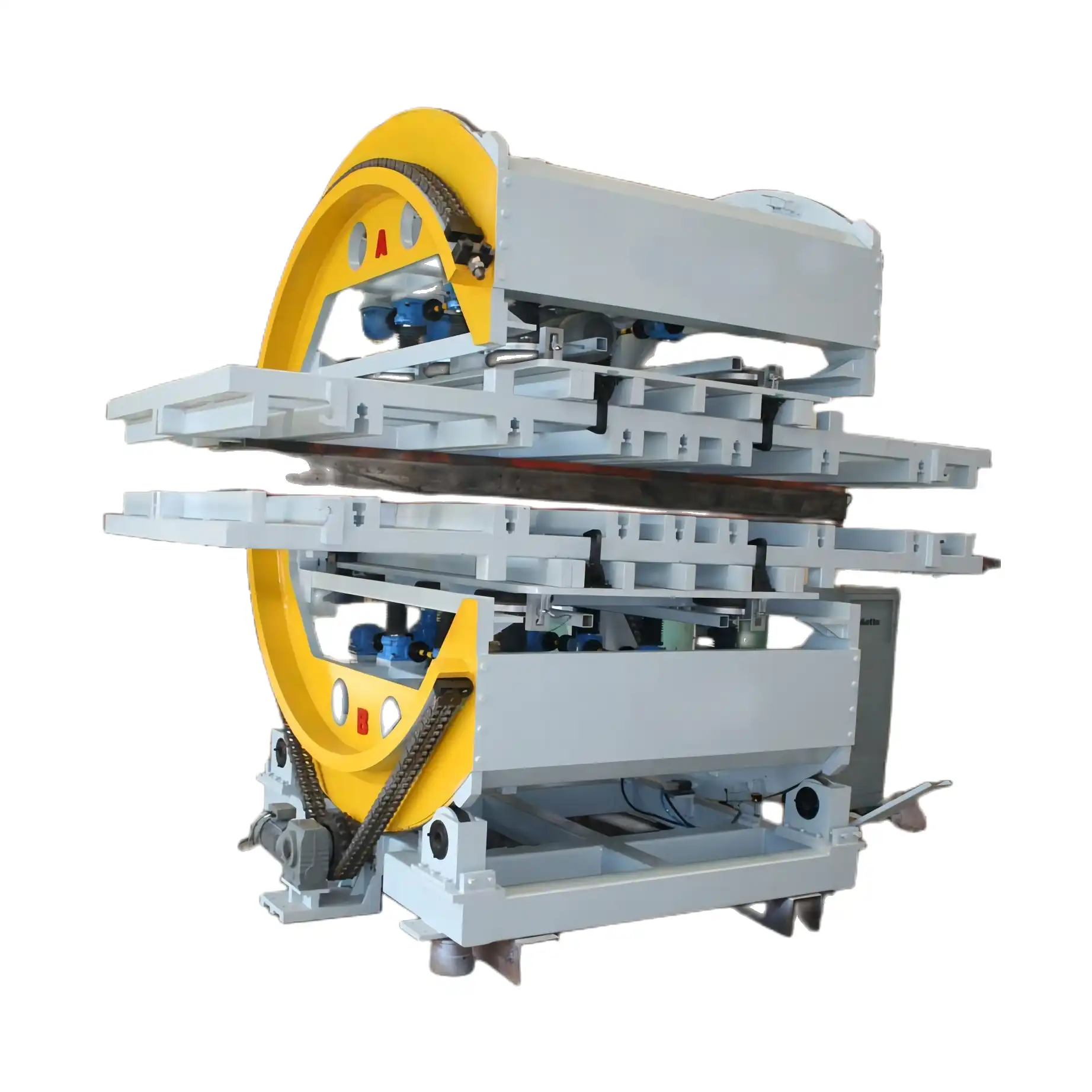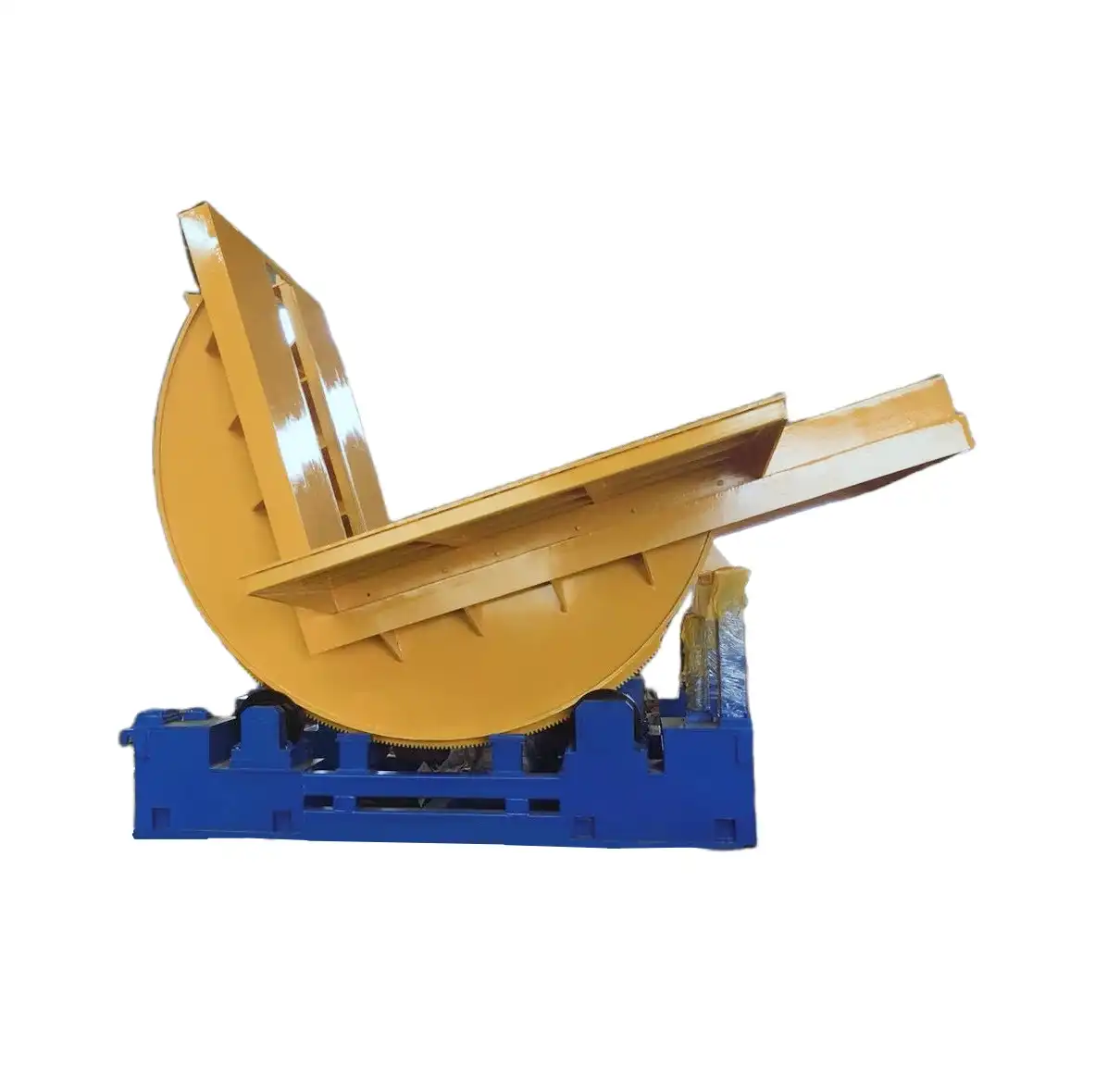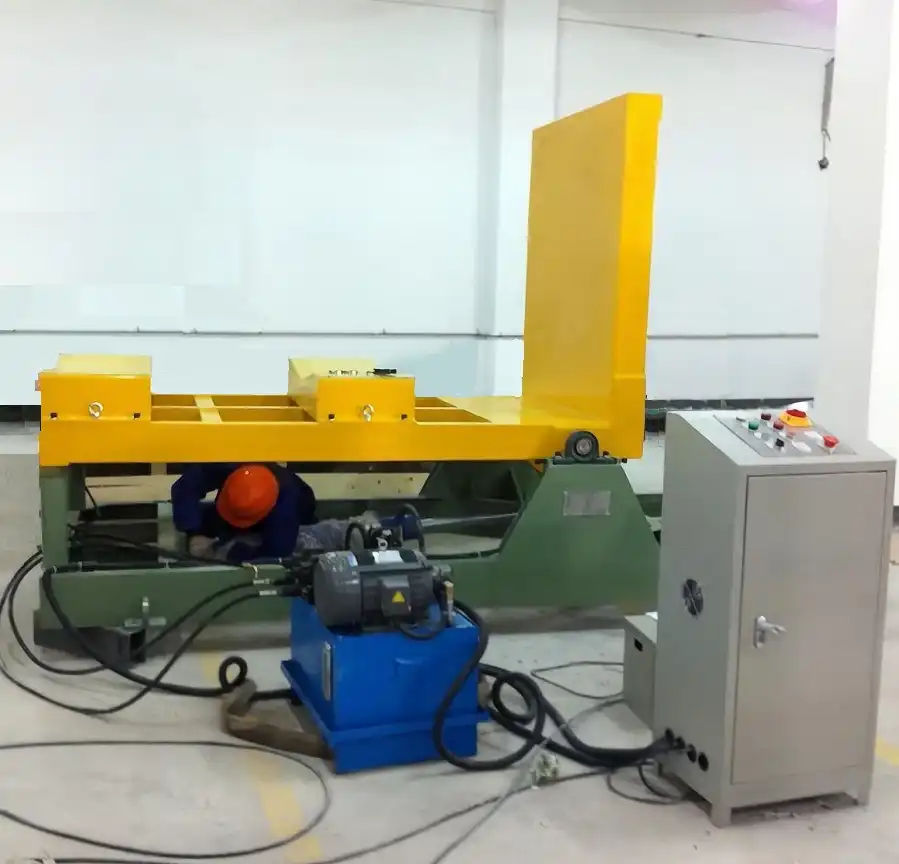Injection mold turning machine: A Novel Rotating Device for Mold Processing
Introduction
In the realm of mold processing technology, efficient and reliable maintenance and cleaning mechanisms are pivotal, especially in industries relying on injection molds for mass production. This article delves into an innovative rotating device designed for processing injection molds, with a focus on enhancing the maintenance and cleaning processes. This invention encompasses a specially structured base, turning mechanisms, and clamping systems aimed at securely fixing and rotating both the upper and lower molds independently. By allowing separate rotations of each mold part, this device provides easier accessibility, making maintenance and cleaning far more efficient.
Structure and Design
The injection mold processing rotation device consists of several main components: a U-shaped base, a pair of flipping mechanisms, and a clamping system with rotating arms and lifting blocks. Each element serves a critical function in ensuring the mold parts are securely held and rotated for effective operation.
1. The U-shaped Base
The foundation of the device is its U-shaped base, which provides stability for the entire system. The design of this U-shaped base offers symmetric support, necessary for balancing the weight of the molds during rotation. On both sides of this base, flipping mechanisms are attached symmetrically, giving balanced rotational control for the molds.
2. Flipping Mechanism and Rotating Shaft
Each flipping mechanism includes a rotating shaft, connected on one end to a rotating motor. This motor supplies the rotational energy required to flip the molds. The rotating shaft also has a tubular structure, referred to as the "shaft tube," which is capable of moving axially along the rotating shaft. This mobility allows the shaft tube to adjust its position, accommodating different mold dimensions and ensuring a firm grip.
3. Clamping Mechanism for Mold Stability
The rotating shaft tube’s end is fixed to a clamp base, which is crucial for securely holding the mold in place during rotation. This clamp base is designed with both a first and a second clamping arm, positioned to hold the upper and lower parts of the mold, respectively.
4. Dual Clamping Arms
-
First Rotating Arm and First Clamp Plate: Attached to the clamp base, the first rotating arm connects to a fixed first clamp plate. This structure is dedicated to securing the lower part of the mold, ensuring it remains stable during rotation.
-
Second Rotating Arm and Second Clamp Plate: A liftable second rotating arm connects to a second clamp plate, secured with a lifting mechanism. This adjustable arm is essential for holding the upper mold, facilitating its rotation and allowing independent flipping as needed.
The two separate clamping arms make it possible to rotate the upper and lower molds independently. By enabling independent flipping, the design allows easier access to each mold section, significantly aiding in repair, maintenance, and cleaning.
Functionality and Operation
1. Independently Rotatable Upper and Lower Molds
One of the most notable features of this device is the independent rotation of the upper and lower molds. Traditional injection mold devices often require full mold removal for cleaning or maintenance, which can be time-consuming and labor-intensive. With this invention, the operator can rotate each mold half independently, providing direct access to specific areas needing attention without dismantling the entire setup.
2. Rotating Motor Mechanism
The rotating motor connected to the end of the rotating shaft is critical in this operation. It imparts rotational energy to the shaft, and subsequently to the shaft tube and clamp base. The axial movement of the shaft tube along the rotating shaft enables slight positional adjustments, allowing the device to accommodate various mold sizes.
3. Enhanced Precision with Lifting Mechanism
The lifting mechanism on the clamp base adjusts the position of the second rotating arm, providing additional flexibility. This feature is especially beneficial when working with molds of varying heights, as it allows the operator to position the second clamping plate according to the specific dimensions of the upper mold. This lifting mechanism thus ensures a firm grip on the mold, further preventing accidental shifts during rotation.
Advantages of the Rotating Device
The rotating device for injection mold processing offers several significant advantages:
-
Time Efficiency: By allowing independent rotation of the upper and lower molds, the device reduces the time required for maintenance. Operators no longer need to remove the entire mold, as they can simply rotate the specific half needing attention.
-
Improved Safety: The secure clamping mechanism minimizes the risk of molds falling or shifting unexpectedly, ensuring operator safety during the rotation and maintenance processes.
-
Enhanced Accessibility: Accessing each mold half individually facilitates thorough inspection and cleaning, helping to extend the mold's life and improve the quality of final molded products.
-
Versatility: The axial movement of the shaft tube and the adjustable lifting mechanism make the device compatible with molds of various sizes and heights, enhancing its applicability across different injection mold setups.
-
Cost Savings: The reduced maintenance time and improved mold life translate into significant cost savings, as the device lowers the need for frequent replacements and minimizes operational downtime.
Potential Applications and Industry Impact
This injection mold processing device is beneficial in industries that rely on plastic injection molding, such as automotive, electronics, and consumer goods manufacturing. By integrating such a device, companies can streamline their maintenance processes, maintain high production standards, and reduce operational costs.
In high-production environments where molds undergo frequent wear and tear, such a rotating device offers a sustainable solution. Its ability to accommodate various mold types and sizes also makes it suitable for versatile production lines, reducing the need for customized maintenance equipment for each mold setup.
Conclusion
The rotating device for injection mold processing marks a significant advancement in mold maintenance technology. Its innovative design with independent upper and lower mold rotation, secure clamping system, and adjustable components presents a solution that not only simplifies mold maintenance but also enhances safety and efficiency. By improving accessibility for mold cleaning and repair, this device contributes to more sustainable and cost-effective production practices, meeting the demands of modern manufacturing industries.
Through these technological improvements, the invention has the potential to drive further innovations in mold processing, ultimately contributing to the enhanced productivity and longevity of mold-based manufacturing.
